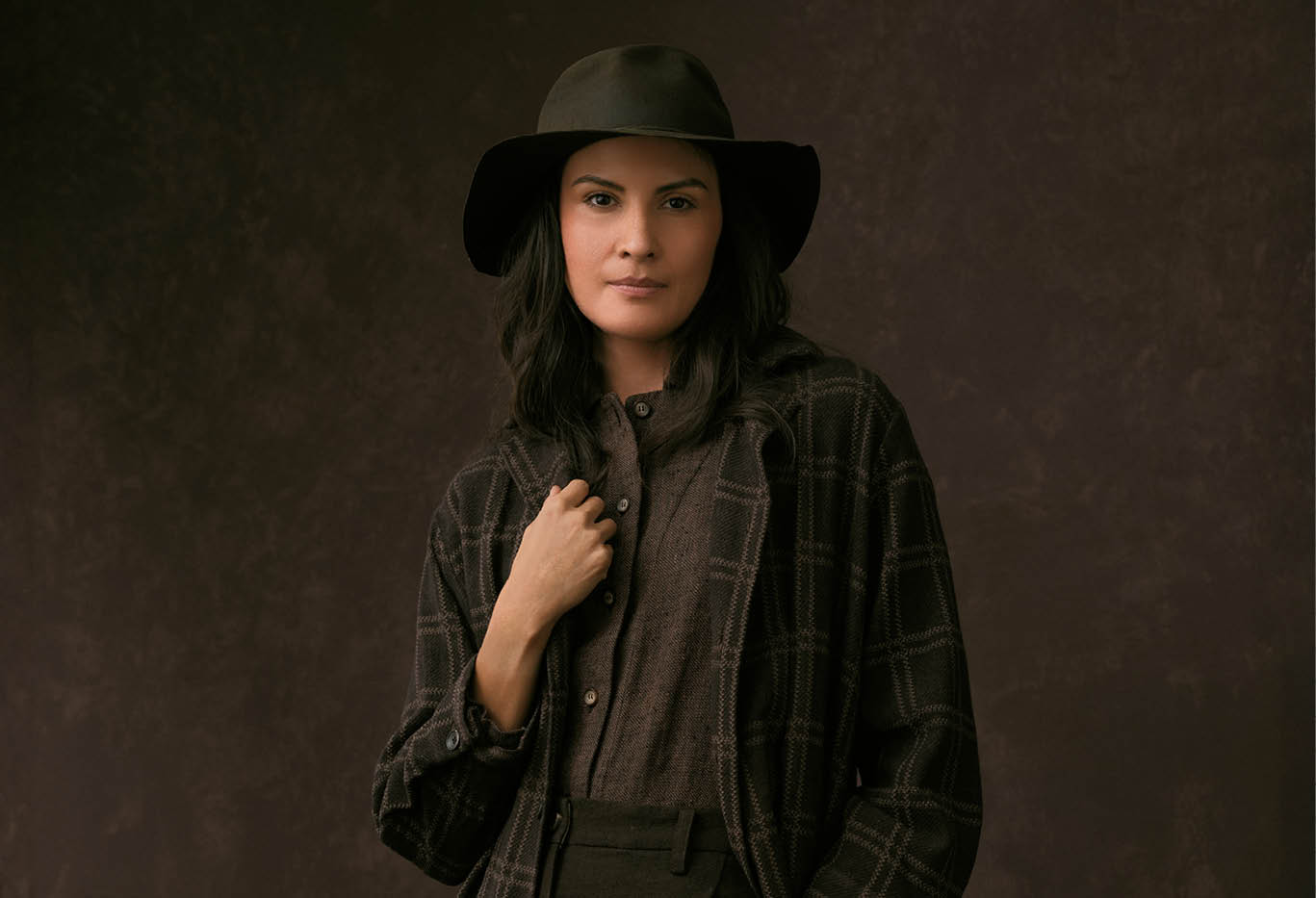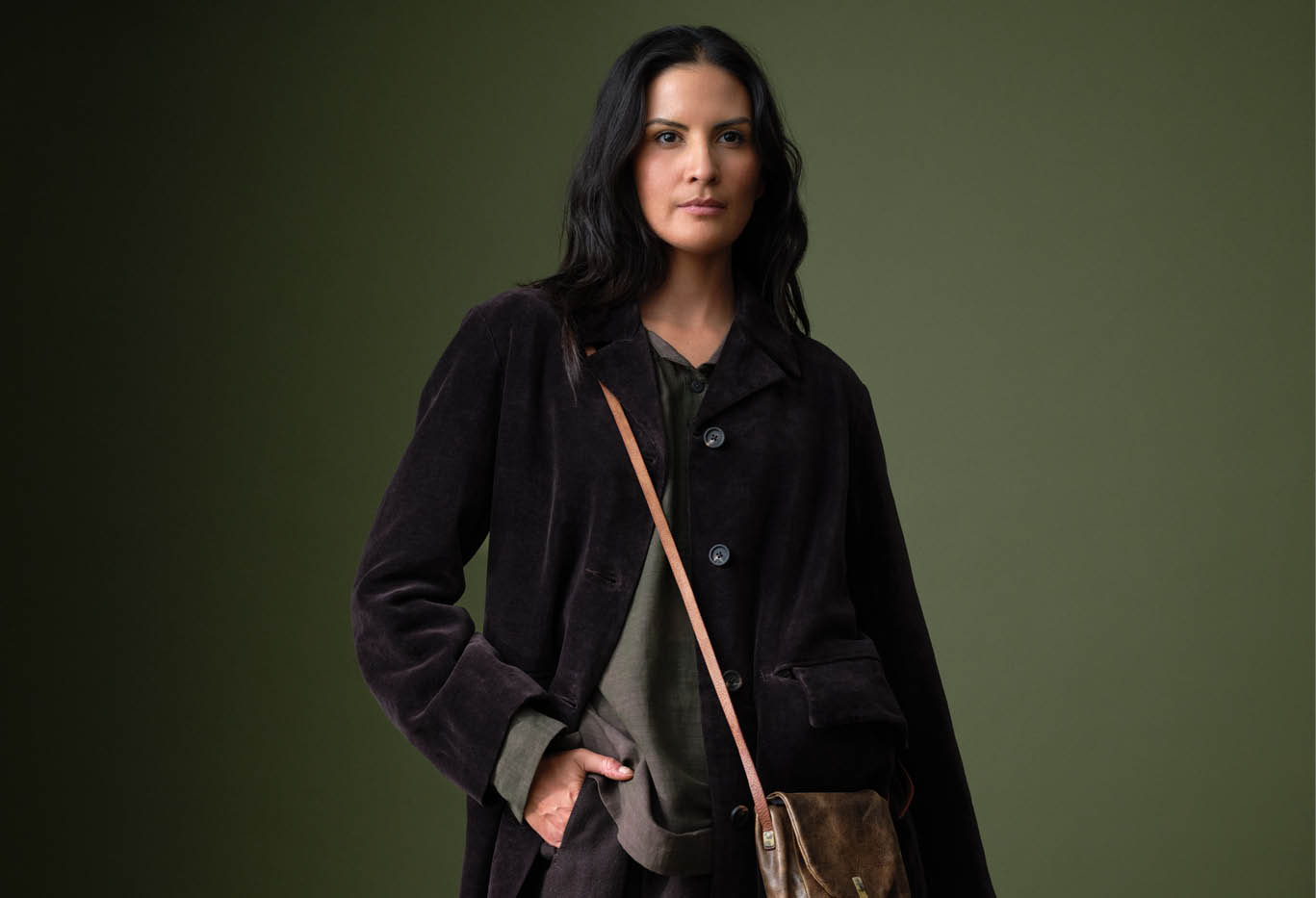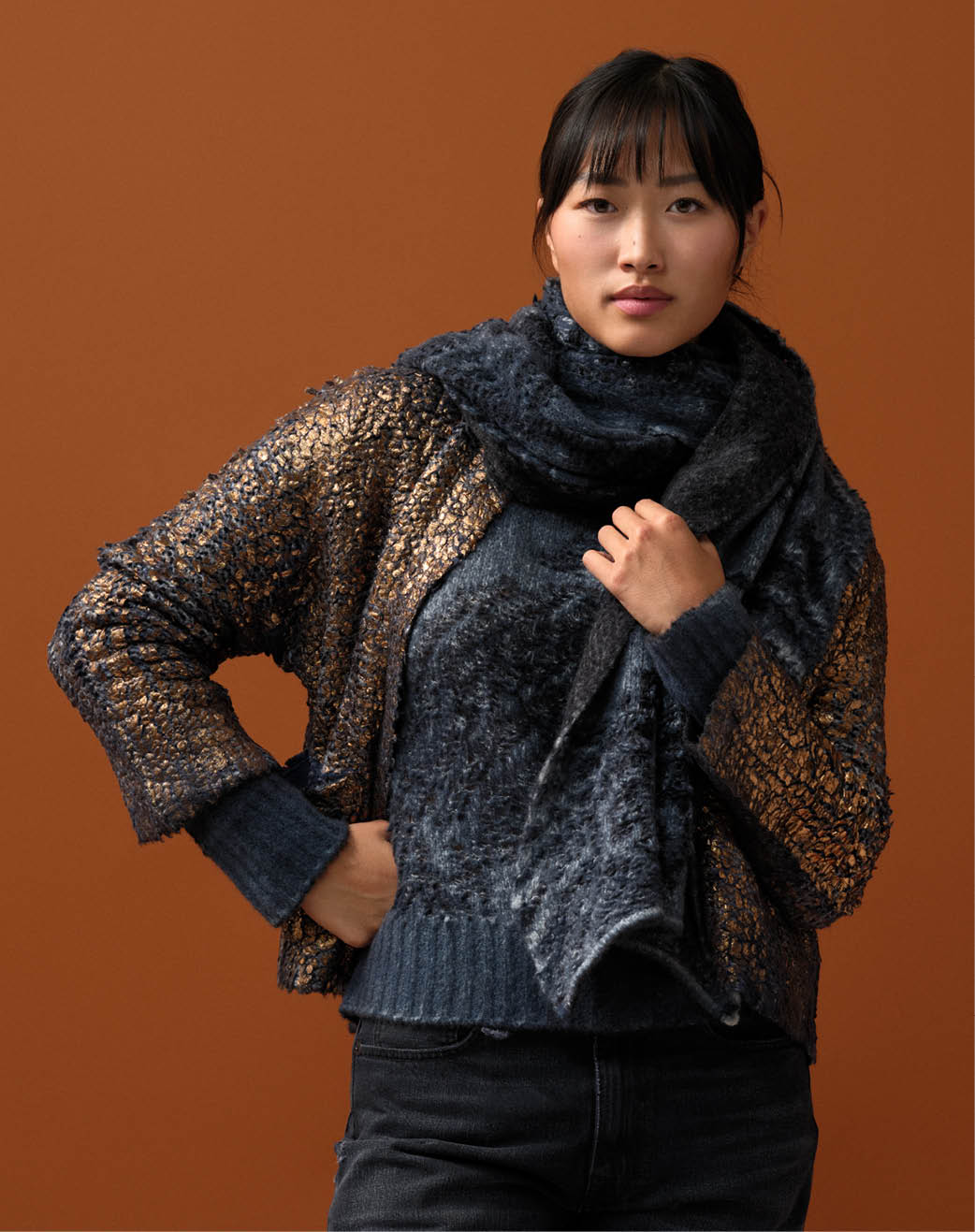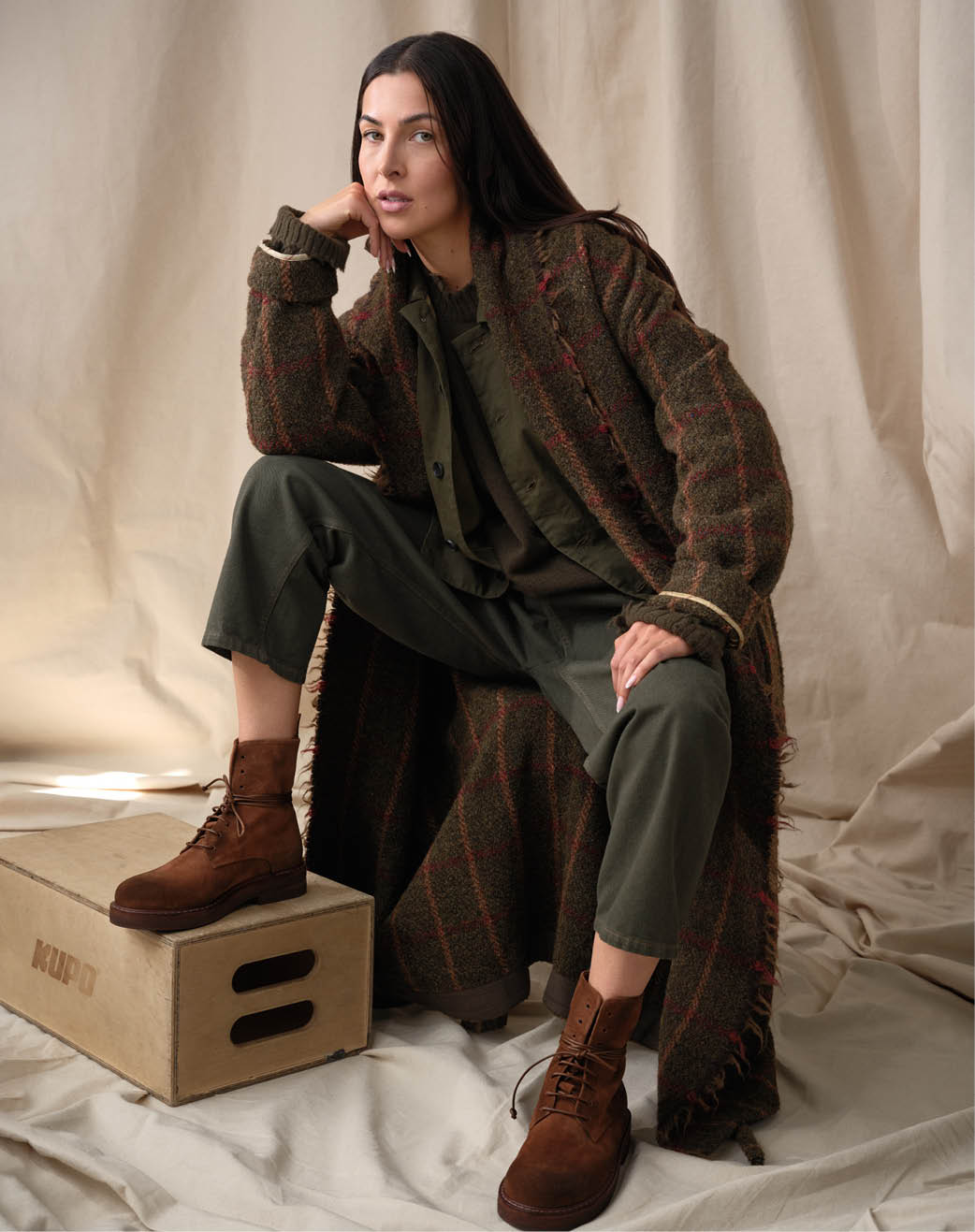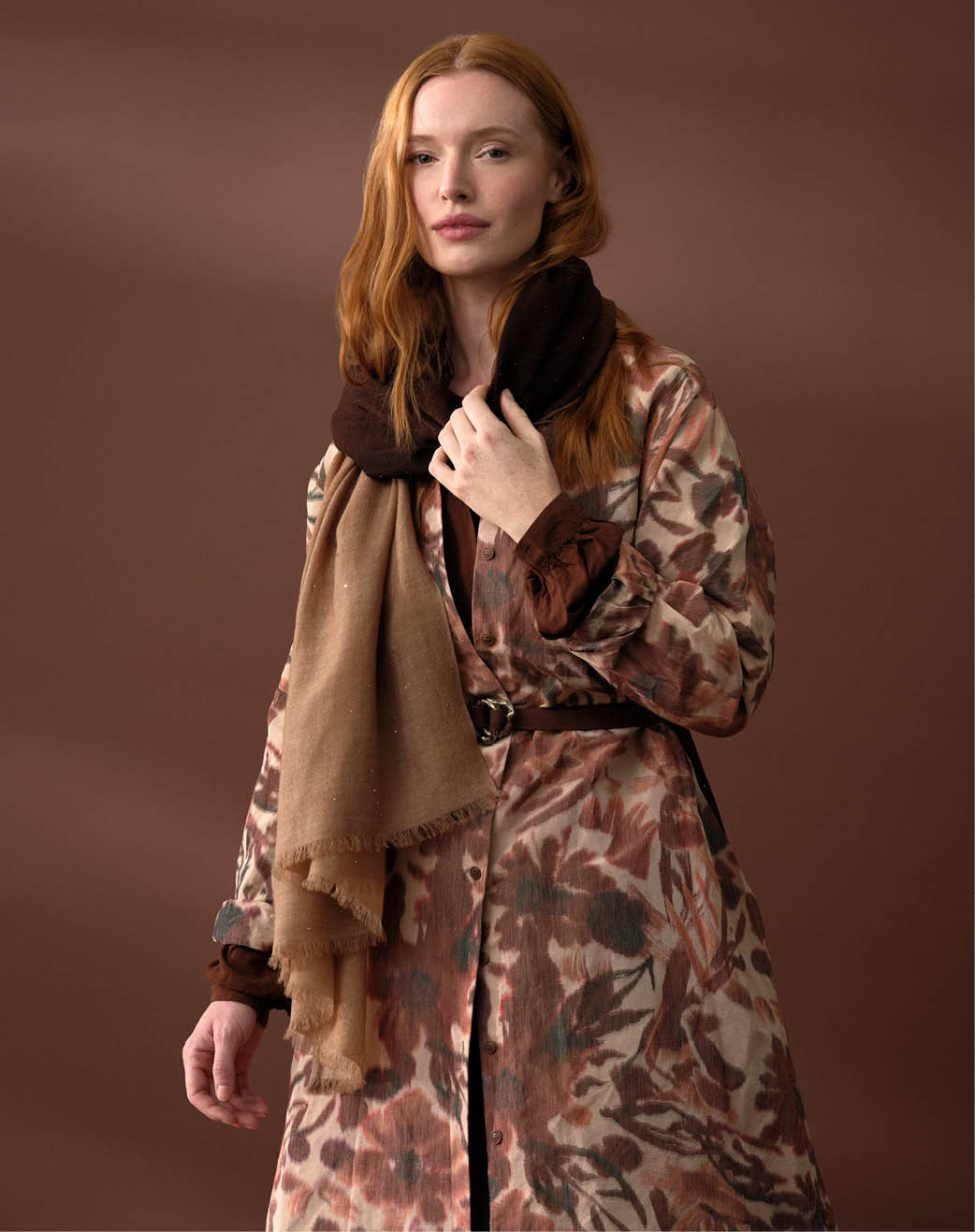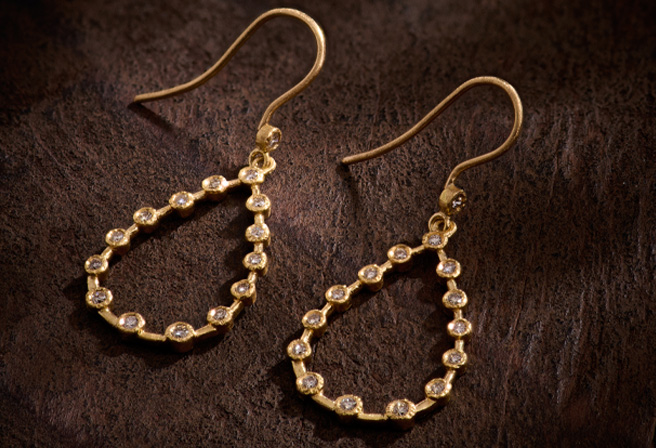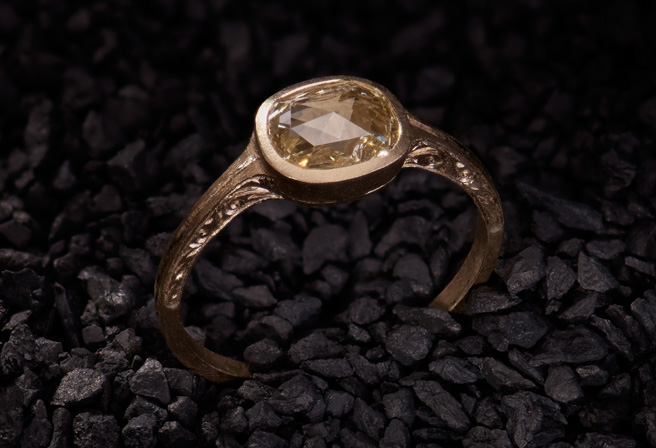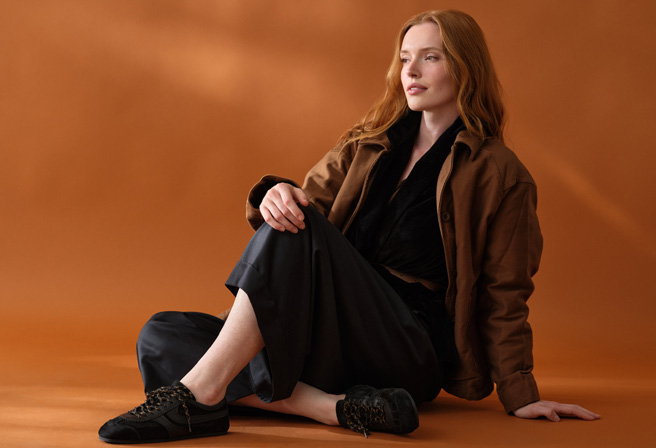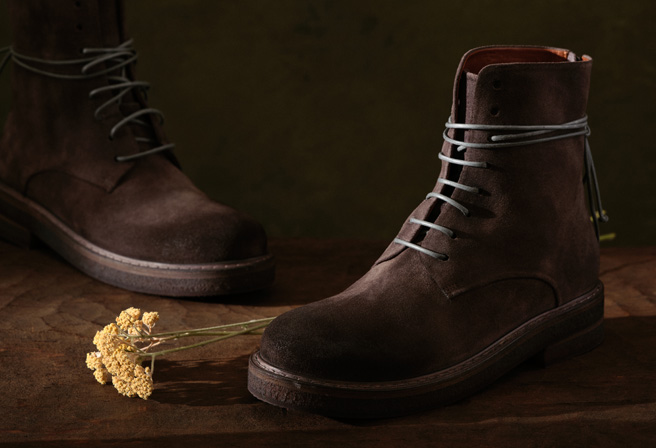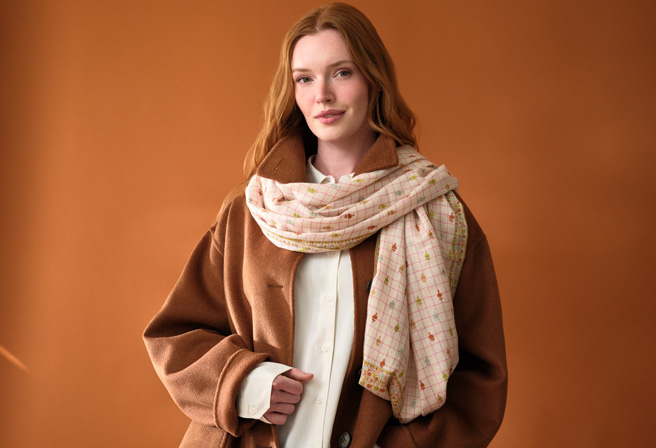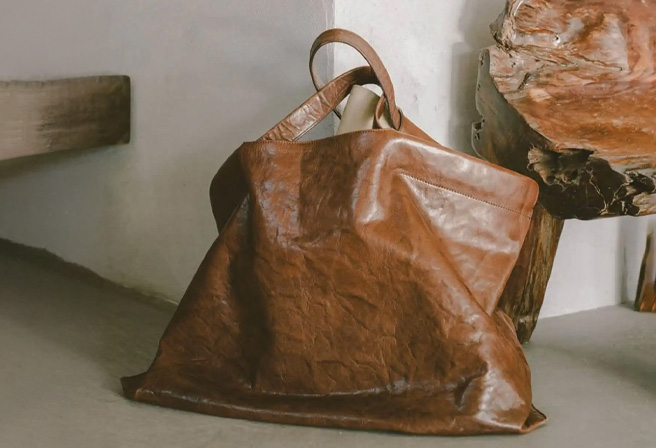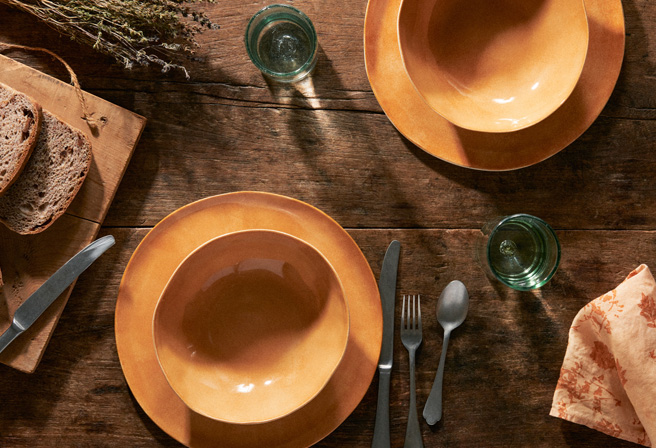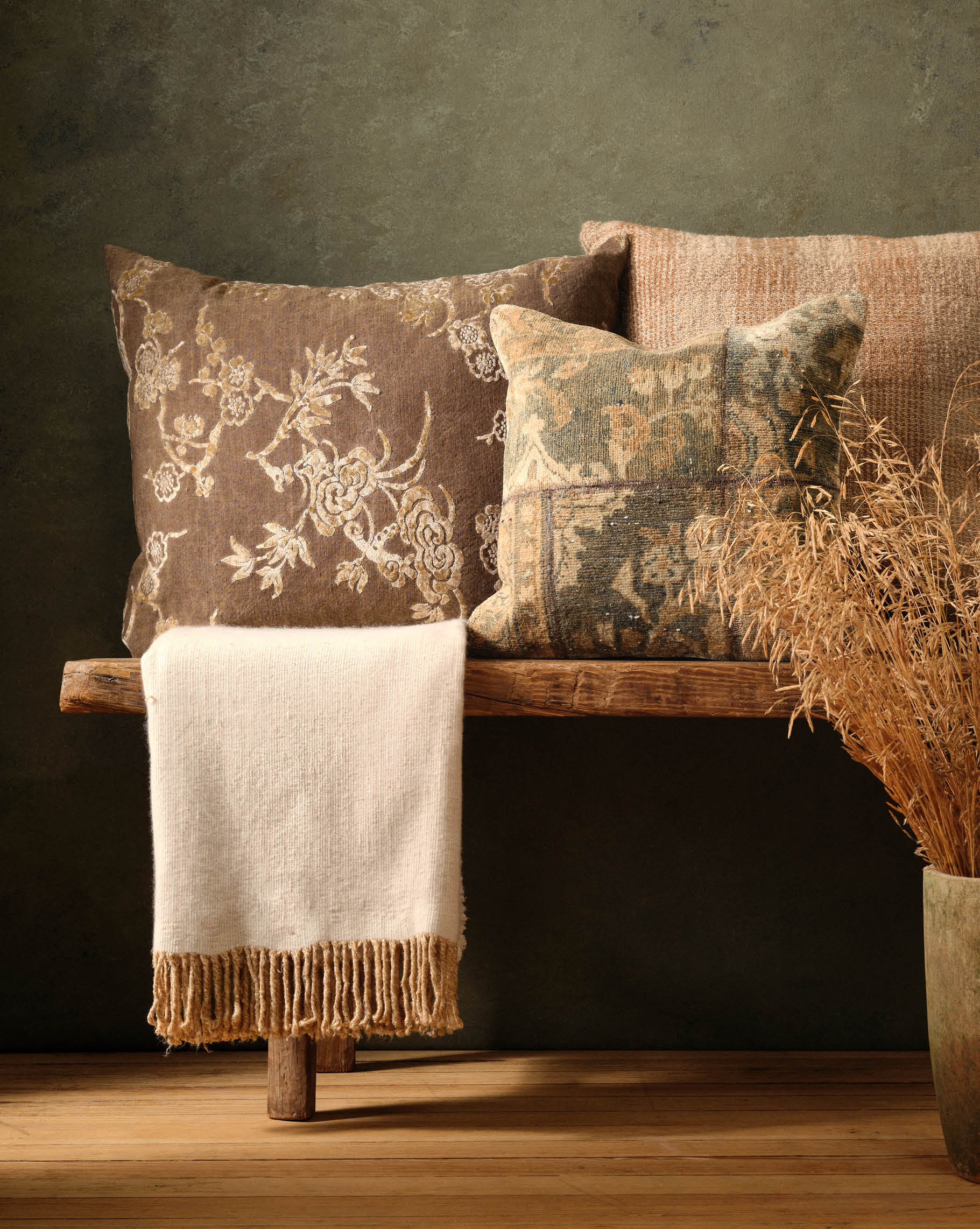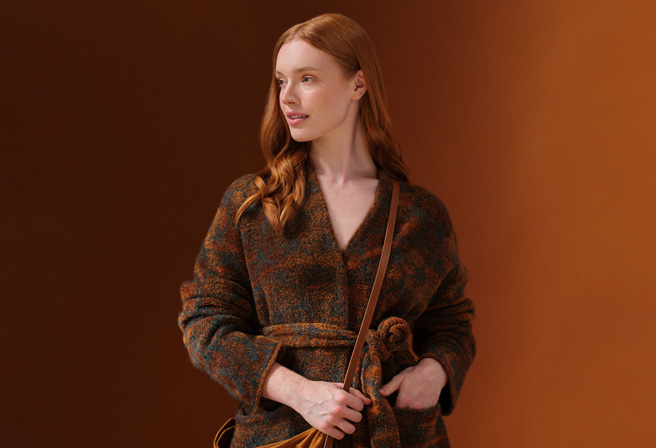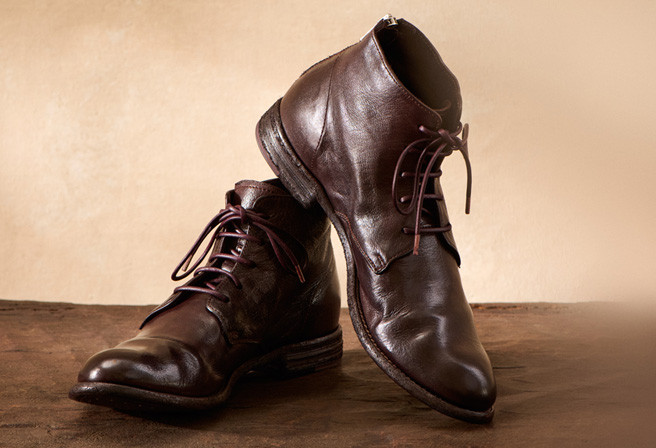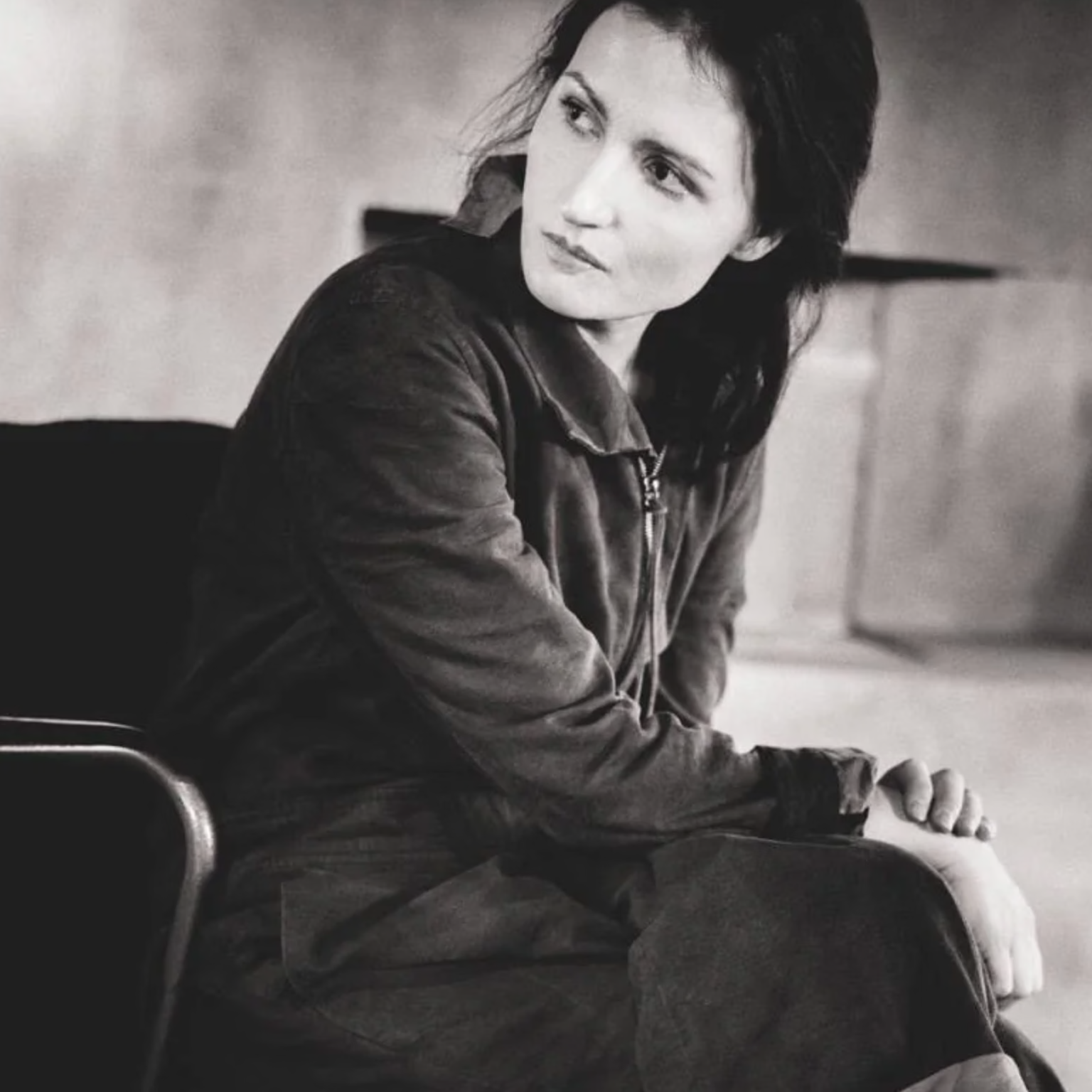An interview with Jean Prounis

What was your path to becoming a jewelry designer?
I launched Prounis in 2017 as a vehicle to tell stories of my love for antiquities while bridging my Greek heritage with the age-old sustainable craft of handwrought jewelry. On visits as a child to see my late grandfather, Nick Prounis, he would take time to carefully educate me about my Greek heritage through books and lectures in his personal library. He’d let me collect a piece of jewelry or object from his “antiquities” collection, most of which were museum replicas. From these moments, I inherited a practice of marrying memory with treasured objects and sought to make my own pieces with the same intention, inspired by the antiquities featured in the pages of his books.


What do you enjoy most about working with 22K gold?
It is the most historical alloy of gold. We use the same make up of 22-karat gold as the Ancient Greeks did — it is a clean blend of fine gold, with trace amounts of fine silver and copper that give the metal its beautiful buttery color. I’m moved by working in this material with such a rich history and dedicated to carrying on the ancient traditions of high karat jewelry with our contemporary approach to design.

What attracts you to gems cut pre-1970?
There is a romance to the hand-cut quality of vintage and antique stones. For faceted stones, the facets are often larger with a “wabi-sabi” look to them that is hard to find in contemporary cuts.

What are the origins of the granules motif that occurs throughout your work?
When I first started making jewelry I took ancient goldsmithing classes where I learned a breadth of techniques including granulation, chain making, bezel setting, repousse, etc. After honing my bench skills, I began to play with the scale of intricate details commonly seen in ancient jewelry. Much of the fine granulation you see on ancient pieces at The Met were made using microscopic gold balls. I like to play with those delicate details in my designs by scaling up the fine details to create bolder and more wearable pieces as you can see in our Nona styles.
Where does the inspiration for the Bulla disc shape originate?
I was drawn to working with rounded shapes as they have a naturally calming energy. When I began to research historical jewelry references with rounded shapes, I came across ancient Etruscan and Roman Bulla pendants which are often described as a protective amulet given to children but also worn by adults. I was attracted to the protective qualities that were thought to be represented by these lenticular pieces. You can often see Bulla pendants depicted in ancient Etruscan relief paintings and sculptures.
Can you tell us about the Mycenae-Inspired Fibula Clasp on the Nona necklace?
I designed the Fibula clasp after Ancient Greek fibula brooches, one of my favorite historical baubles which were used like an embellished safety pin, worn near the shoulder to fasten garments. Fibulas were often made up of intricate geometric designs and precious materials that served a function as well as a personal identifier of sorts.

What draws you to the symbolism of the Laurel leaf?
The laurel leaf is a common symbol in Ancient Greek art and folklore. In an effort to translate the laurel’s eternal symbol of protection, purification and poetry, I abstracted the almond-shaped silhouette, curving and elongating the shape to mirror that natural variation from one leaf to another on a single laurel tree, garland or wreath. An empowering motif for everyday jewelry, the laurel and its symbolic reverence become a reminder of our individual strength and connection.
Can you describe the ancient mechanics of the Double Link Chain’s green tourmaline toggle clasp?
Our Double Link Chain features our signature toggle clasp with three green tourmalines set in line with trios of granulation to form a bar that is pulled through a ring component to secure the piece in place. It is a simple, age-old mechanism.
What was the inspiration behind the Sapphire Breccia ring?
This ring is inspired by “breccia” which is rock formation made up of fragments and minerals cemented together over time. Our multi-stone ring, of both smooth and rounded gold, presents the tumbled star sapphires in a natural setting to reflect the sedimentary formation.

Your gems seem to glow in their settings. How do you achieve this effect?
We place a small piece of high-polished platinum behind our translucent cabochons to maintain the natural colors of the stone and help reflect light for a vibrant shine.
Is there anything you would like our clients to know about you or your jewelry line?
Our pieces are part of history, precise yet distinctive handmade creations that collect the knicks and changes of life and time. I like to say that the pieces are not finished until you’ve been wearing them for some time and the beautiful patina of everyday life starts to texture the surface of the gold.
